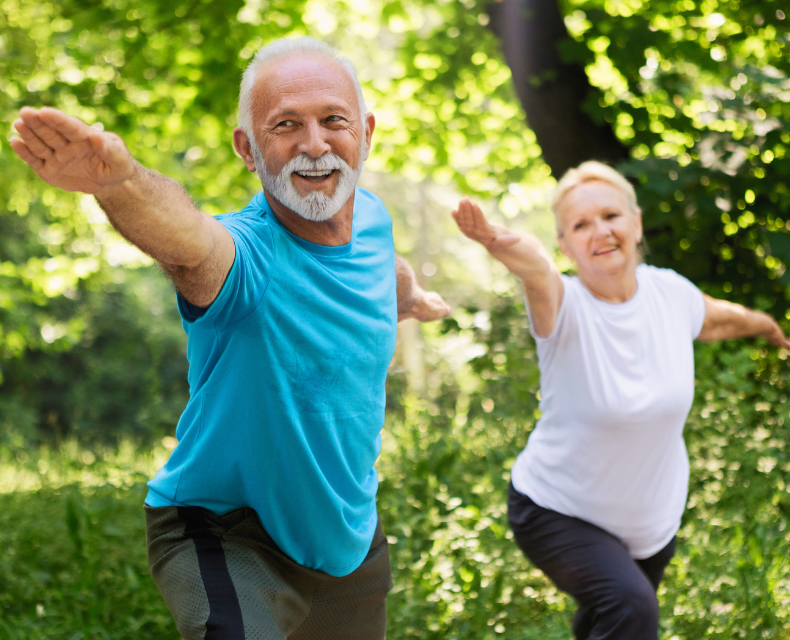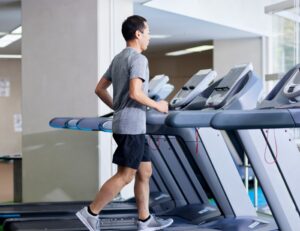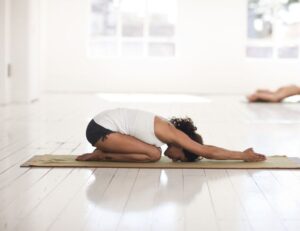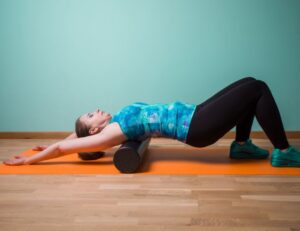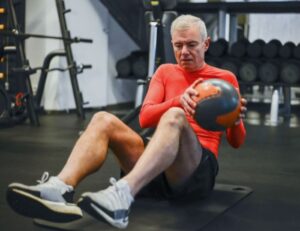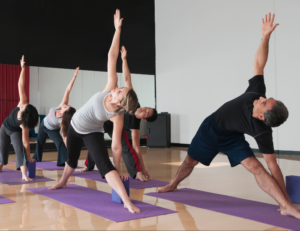As we get older, it’s easy to let our fitness routines fall by the wayside. Between work, family obligations, and the general aches and pains that come with aging, finding the motivation to exercise regularly can seem like an uphill battle. However, staying active and prioritizing your health is more important than ever once you hit the 50-year mark.
In fact, studies show that regular physical activity can provide a wide range of benefits for older adults, from improved cardiovascular health to better cognitive function and enhanced quality of life. Whether you’re looking to lose a few pounds, build strength, or simply feel more energized day-to-day, it’s never too late to reclaim your fitness and embrace a healthier lifestyle.
In this blog post, we’ll explore the key reasons why fitness is so crucial after 50 and provide practical tips and strategies to help you get started on your journey to better health. By the end, you’ll be armed with the knowledge and motivation you need to take charge of your fitness and feel your absolute best, no matter your age.
The Importance of Fitness After 50
As we get older, our bodies naturally go through several changes that can impact our overall health and well-being. From a gradual decline in muscle mass and bone density to increased risk of chronic conditions like heart disease and type 2 diabetes, the effects of aging can be daunting. However, regular physical activity can help mitigate many of these age-related changes and provide a host of benefits that can improve your quality of life.
Improved Cardiovascular Health
One of the most well-documented benefits of exercise for older adults is its impact on cardiovascular health. According to the Centers for Disease Control and Prevention (CDC), adults aged 50 and older who are physically active have a lower risk of developing heart disease, high blood pressure, and stroke compared to their sedentary counterparts [*1]. This is because exercise helps to strengthen the heart muscle, improve blood circulation, and lower cholesterol levels – all of which contribute to a healthier cardiovascular system.
Enhanced Muscle Strength and Bone Density
As we age, we naturally begin to lose muscle mass and bone density, a condition known as sarcopenia. This can lead to increased frailty, reduced mobility, and a higher risk of falls and fractures. However, strength training exercises like weightlifting, resistance bands, and bodyweight exercises can help counteract these age-related declines [*2]. By building and maintaining muscle mass, you can improve your balance, stability, and overall physical function, allowing you to remain independent and active well into your golden years.
Better Cognitive Function
In addition to the physical benefits, regular exercise has also been shown to have a positive impact on cognitive function and mental health. Studies have found that older adults who engage in regular physical activity have a lower risk of developing dementia and Alzheimer’s disease, and may even experience improvements in memory, attention, and processing speed [*3]. This is likely due to the fact exercise increases blood flow to the brain, promotes the growth of new brain cells, and reduces inflammation – all of which can contribute to better cognitive performance.
Improved Mood and Reduced Stress
Exercise doesn’t just benefit your physical health – it can also have a profound impact on your mental and emotional well-being. Numerous studies have found that regular physical activity can help reduce symptoms of depression and anxiety, improve mood, and lower levels of stress [*4]. This is because exercise triggers the release of endorphins, the body’s natural “feel-good” chemicals, which can help to boost your mood and overall sense of well-being.
Enhanced Quality of Life
Ultimately, the combination of these physical and mental health benefits can lead to a significant improvement in your overall quality of life as you age. By staying active and prioritizing your fitness, you can maintain your independence, engage in the activities you love, and enjoy a more vibrant, fulfilling life well into your later years.
Getting Started with Fitness After 50
Now that you understand the importance of staying active after 50, you may be wondering where to begin. The good news is that there are countless ways to incorporate exercise into your daily routine, and you don’t have to be a fitness fanatic to reap the benefits.
Start Slow and Build Up Gradually
If you’re new to exercise or haven’t been active in a while, it’s important to start slow and gradually build up your fitness level. This will help to prevent injury and ensure that you’re able to stick with your routine in the long run. Begin with just 10-15 minutes of activity per day, and gradually increase the duration and intensity as you become more comfortable.
Incorporate a Variety of Activities
To get the most well-rounded benefits, it’s important to engage in a variety of different types of exercise. This could include:
- Cardiovascular activities like brisk walking, swimming, or cycling to improve heart health
- Strength training exercises using bodyweight, resistance bands, or light weights to build muscle and bone density
- Flexibility and balance exercises like yoga, Tai Chi, or Pilates to improve mobility and prevent falls
- Low-impact activities like gardening or dancing to keep you active without putting too much stress on your joints
By mixing up your routine and trying new things, you’ll not only keep your workouts interesting and engaging, but you’ll also target different muscle groups and systems in the body.
Find Activities You Enjoy
One of the keys to sticking with a fitness routine after 50 is to find activities that you genuinely enjoy. Whether it’s taking a dance class, joining a hiking group, or trying your hand at pickleball, choosing exercises that you find fun and fulfilling will make it much easier to stay motivated and consistent.
Prioritize Rest and Recovery
As we age, it’s important to allow our bodies adequate time to rest and recover between workouts. This means getting enough sleep, staying hydrated, and incorporating gentle stretching or light activity on your “off” days. Proper recovery will not only help prevent injury, but it will also ensure that your body has the time it needs to repair and rebuild.
Seek Support and Accountability
Finally, don’t be afraid to enlist the help of others to support your fitness journey. Whether it’s joining a gym or fitness class, finding a workout buddy, or enlisting the guidance of a personal trainer or physical therapist, having a support system can make a world of difference in keeping you motivated and on track.
Conclusion
Embracing fitness after 50 is not only possible, but it’s also essential for maintaining your overall health and well-being as you age. By incorporating regular physical activity into your lifestyle, you can enjoy a host of benefits, from improved cardiovascular health and stronger muscles to better cognitive function and enhanced mood.
The key is to start slow, find activities you enjoy, and be patient with yourself as you build up your fitness level. With the right mindset and a commitment to your health, you can reclaim your fitness and feel your absolute best, no matter your age.
So what are you waiting for? Take the first step towards a healthier, more vibrant future and get moving today!
SOURCES:
[*1] Centers for Disease Control and Prevention. (2020). Physical Activity and Health. Retrieved from https://www.cdc.gov/physicalactivity/basics/pa-health/index.htm
[*2] Fragala, M. S., Cadore, E. L., Dorgo, S., Izquierdo, M., Kraemer, W. J., Peterson, M. D., & Ryan, E. D. (2019). Resistance training for older adults: position statement from the national strength and conditioning association. The Journal of Strength & Conditioning Research, 33(8), 2019-2052.
[*3] Northey, J. M., Cherbuin, N., Pumpa, K. L., Smee, D. J., & Rattray, B. (2018). Exercise interventions for cognitive function in adults older than 50: a systematic review with meta-analysis. British journal of sports medicine, 52(3), 154-160.
[*4] Schuch, F. B., Vancampfort, D., Firth, J., Rosenbaum, S., Ward, P. B., Silva, E. S., … & Stubbs, B. (2018). Physical activity and incident depression: a meta-analysis of prospective cohort studies. American Journal of Psychiatry, 175(7), 631-648.


